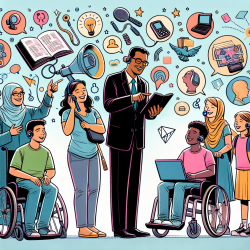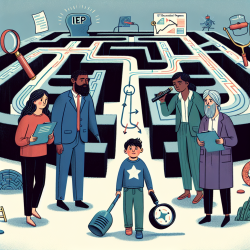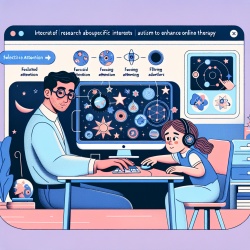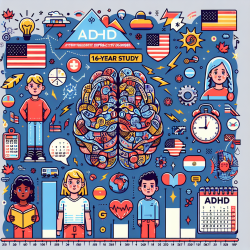In 2021, the U.S. Department of Education reported that 7.8 million children and young adults, ages birth through 21, received specialized services under the Individuals with Disabilities Education Act (IDEA). This represents an increase from the 7.6 million children and young adults who received these services the year before. The data also reveals a 2% increase in the number of students ages 6-21 receiving IDEA special education services from 2020 to 2021.These statistics underscore the growing need for specialized services in our educational system. As Special Education Directors, it is our responsibility to ensure that every student receives the support they need to succeed. Here are some key insights and strategies to help meet this rising demand:
- Stay Informed: Attend conferences, read publications, and participate in webinars to stay updated on the latest trends and regulations in special education.
- Network: Connect with other professionals in the field to share resources, strategies, and support.
- Ensure Legal Compliance: Regularly review and update your policies and procedures to ensure they comply with IDEA and other relevant laws.
- Address Staffing Shortages: Work with your HR department to recruit and retain qualified therapists and special education staff. Consider partnering with online therapy services like TinyEYE to fill gaps.
- Engage with Parents: Maintain open lines of communication with parents to ensure they are informed and involved in their child's education.
The increase in the number of students receiving specialized services highlights the importance of our role in providing leadership and support. By staying informed, networking, ensuring legal compliance, addressing staffing shortages, and engaging with parents, we can make a significant impact on the lives of students with disabilities.For more information, please follow this
link.










